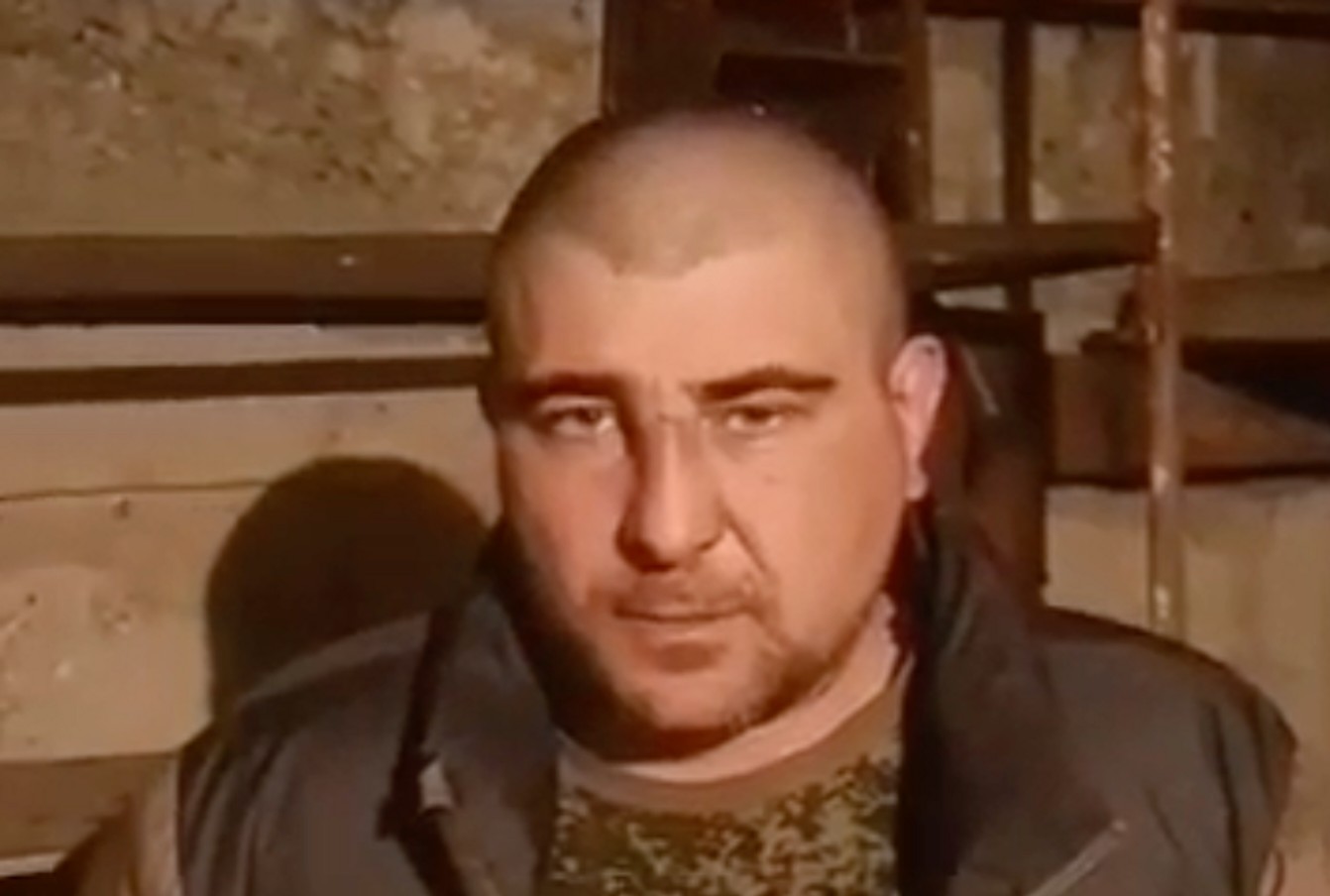Leader of PMC that played key role in taking prized Ukrainian city accuses Russia of laying mines in its path; captured officer pleads guilty
The press service of Yevgeny Prigozhin, the founder of the Russian private military company (PMC) Wagner, has released a video of the interrogation with Lieutenant Colonel Roman Venevitin, the commander of the 72nd Motorized Infantry Brigade.
Venevitin confessed to ordering to disarm of the Wagner PMC rapid response group and shooting at a Ural truck containing mercenaries while under the influence of alcohol. He claimed he had done it out of “personal animosity” and when asked how to characterize his actions, he responded “guilty.”
The Russian media The Insider confirmed the identity of the person in the video. Roman Gennadievich Venevitin, born in 1978, was a serviceman who graduated from a military academy.
Earlier, Prigozhin’s press service published a report alleging that on 17 May, the Wagner fighters had engaged in a shootout with Russian Ministry of Defense servicemen near the village of Semigorye, located near Bakhmut, when the mercenaries discovered that the military was mining escape routes for the Wagner PMC. The report claimed that the mines included controlled “plastids, anti-tank mines, and artillery shells” that were wired to Russian army positions.
When the Wagner fighters attempted to clear the road of mines, they were fired upon from the positions of Russian forces. Allegedly, during the brief skirmish, the Ural truck mentioned by Venevitin was damaged, and the Wagner mercenaries took measures to apprehend the attack group of the Russian military, which turned out to be headed by an officer of the 72nd Motorized Infantry Brigade.
Prigozhin first revealed on 2 June that the Russian Ministry of Defense had mined routes by which Wagner could leave Bakhmut, a town in eastern Ukraine that the PMC played a key role in capturing. He said “about ten locations” were discovered where controlled anti-tank mines and “tons of plastid” were planted, adding that they could not have been intended for Ukrainian forces because they were in Bakhmut’s rear zone.
“So we can assume that these mines were intended to meet the advancing units of PMC Wagner, although we do not move in columns. […] What was all this about? We assume that this was an attempt at public flogging,” Prigozhin stated, adding that the Russian Ministry of Defense is not responding to questions about the mines.






